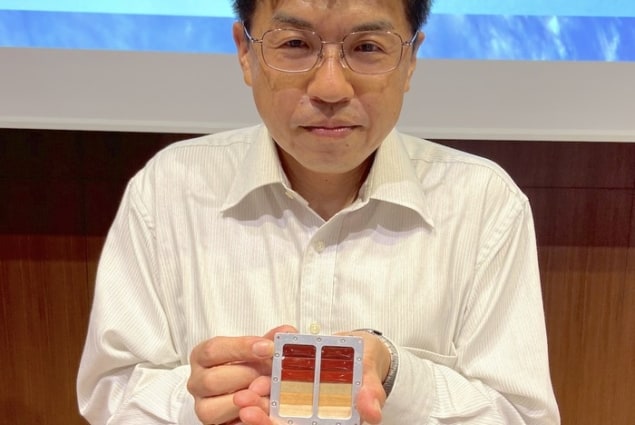
Wood is an amazing material. It can be strong, flexible or lightweight – and sometimes all of the above depending upon the tree. Wood can be used on its own, or it can be processed to create materials with an even wider range of desirable properties.
So, it should come as no surprise that scientists in Japan are looking at how wood could be used in space. Previous studies have shown that wood can withstand the extremes of temperature experienced in space – it holds up well from in the -150–150 °C range – and it is not affected significantly by near-vacuum conditions.
Now, Koji Murata at Kyoto University’s Biomaterials Design Lab and colleagues are sending several samples of wood to the International Space Station (ISS). The samples are destined for Japan’s Kibō research module on the ISS, where they will be placed outside in space.
The team is particularly interested in how wood is eroded by collisions with atomic oxygen, which is present in low Earth orbit. The ultimate goal of Murata’s team is to build a wooden satellite called LignoSat, which they hope to launch in 2023.
Enhanced glow
One amazing property of wood that the Japanese team will not be studying is the material’s ability to glow in the dark – at least faintly. Researchers in China and the UK have devised a way of enhancing this phosphorescence by crosslinking lignin molecules from wood with an acrylic polymer. The result is a thread that will glow for about 1 s when exposed by UV light – which is nearly 1000 times longer than the natural glow of wood.
The team is interested in glowing wood because most phosphorescent materials are either toxic or difficult to work with. They used their thread to create luminescent textiles that they say could be used to prevent the counterfeiting of luxury goods.
The team hope that biodegradable phosphorescent materials can be made from lignin, which is an abundant waste product of the paper industry. The team includes Tony James at the UK’s University of Bath and Zhijun Chen at the Engineering Research Center of Advanced Wooden Materials at China’s Northeast Forestry University. They describe their research in Cell Reports: Physical Science.



